Being a job seeker means that you’ll come in contact with several hiring managers, employers, and recruiters during your job hunt. While not all of them will be interested in your CV, many will do that, and they’ll proceed to interview you for the job vacancy. But, how do you stand out and let them know that you’re the right candidate for their company?
The job market is a complex mechanism made up of various components which dictate how employers hire new staff. The most recent example of how hiring changed completely comes from the global pandemic and the fact that remote jobs have become more popular than ever. Instead of being in the dark and hoping for the best when applying for jobs on Jobs OneGlobe, here are some of the most useful, up-to-date hiring statistics for you to check out. Keep them in mind the next time you apply for jobs and you’ll have an easier time finding common ground with prospective employers in 2022.
“Time spent on hiring is time well spent.” – Robert Half
1. 89% of job seekers research the companies they’re about to apply with before submitting their applications
2. 88% of companies worldwide use some form of AI in their recruitment efforts to shortlist and select candidates
3. 60% of recruiters use video interviews to vet candidates instead of relying on in-person meetings
4. 75% of employers use tracking software to increase the odds of finding the right talent for their vacancies
5. 64% of companies constantly review and revise their hiring processes to increase the quality of their hires
6. 77% of employers believe that diversity is an essential trend in the future of talent acquisition
7. 33% of employees abandon their jobs due to the lack of any form of career development or progress
8. Recruiters believe that remote positions can improve the geographical diversity in their workforce by 20%
9. 58% of newly-hired employees will stay with the company if their initial onboarding experience was satisfactory
10. Proper candidate onboarding can raise productivity by over 70% once the person has been fully onboarded
(Source: APAC Insider, 2022)

11. In the UK, 45% of recruiters believe that Millennials are the hardest generation to attract
12. In the UK, 78% of recruiters face challenges from working with tight, limited talent pools
13. Professional development opportunities at work are at the top of the list of priorities for 29% of candidates looking for full-time jobs
14. 84% of companies use social media when vetting and shortlisting candidates for hiring purposes
15. 66% of employers and recruiters see globalization as a business growth opportunity
16. Temporary and contract job positions add over 80% to the value of any one industry
17. Only 30% of the global job-seeker population is looking for work actively, with 70% being passive job seekers
18. Improving the quality of their hires is the top priority for 52% of employers and recruiters worldwide
19. 80% of hiring professionals use references to screen and shortlist candidates
20. During the global COVID-19 pandemic, over 60% of IT professionals worried about losing their jobs
(Source: Apps That Deliver, 2022)
“As a business owner or manager, you know that hiring the wrong person is the most costly mistake you can make.” – Brian Tracy
21. 42% of companies are actively investing in tools to improve their speed of hiring
22. 75% of job candidates change their minds about being interested in a job during the interview process
23. 41% of companies have difficulties filling entry-level positions
24. 39% of recruiters use job boards like Jobs OneGlobe to find talented professionals
25. It takes an average of 36 working days for a company to fill its job vacancy
26. 59% of job candidates abandon online job applications due to bugs or issues on the job board website
27. 39% of employers only allocate 1-3 business days to candidate training
28. 80% of Millennials want to work abroad or overseas
29. 75% of employers use various interview questions to assess the candidates’ soft skills
30. 55% of companies hire constantly, noting that it cuts down the average time-to-hire
31. 40% of employers hire in-house without outsourcing anything to cut hiring costs
32. 50% of employers don’t use any form of ATS to hire talent more easily
33. 70% of people will search for available job listings through Google
34. 52% of job seekers criticize companies for failing to communicate with them during the job application
35. Only 27% of employers are transparent about their salaries and employment benefits
36. 58% of companies are rethinking and changing their hiring processes in the wake of COVID-19
37. 23% of employees are ready to take a pay cut if it means being able to work from home
38. 78% of companies increased their diversity hires to improve their company culture
39. 50% of employers have reported noticing more job applicants with Master’s degrees for entry-level jobs
40. 67% of companies don’t offer any form of remote work despite the global job market changes
(Source: Finances Online, 2021)
41. Employees are ready for a 12% pay cut if it means more training
42. 51% of candidates will take lower pay if it means more work flexibility
43. 49% of job seekers refused job offers because of a poor recruitment experience
44. 31% of new hires leave jobs within six months
45. Average job listings receive up to 250 CVs, making hiring more challenging
46. 64% of employers place a great emphasis on skills testing during the recruitment
47. 87% of employees noticed major skill gaps within their companies
48. 32% of job seekers won’t apply for jobs with a company that lacks diversity
49. 89% of passive job candidates evaluate brands online before considering the job
50. A positive online reputation can lead to 50% more qualified job applicants for a company
(Source: Fit Small Business, 2021)
“A good manager is a man who isn’t worried about his own career but rather the careers of those who work for him.” – H. S. M Burns
Understanding the Hiring Professionals and Landing Jobs
Hiring quality staff is always at the forefront of every employer or recruiter out there. These statistics, data points, and findings will help you understand your potential employer better before you go into the job interview. Moreover, you’ll have an easier time creating your CV so that it ticks the right boxes and helps open the door for full-time employment.
Take a look at Jobs OneGlobe and the job listings currently available for your professional background. Compare your findings with these statistics to get a better understanding of how hiring in 2022 works. Doing so will give you an advantage over other candidates and ensure that the right employer spots your potential.




Share
Facebook
Twitter
LinkedIn
Telegram
Tumblr
WhatsApp
VK
Mail